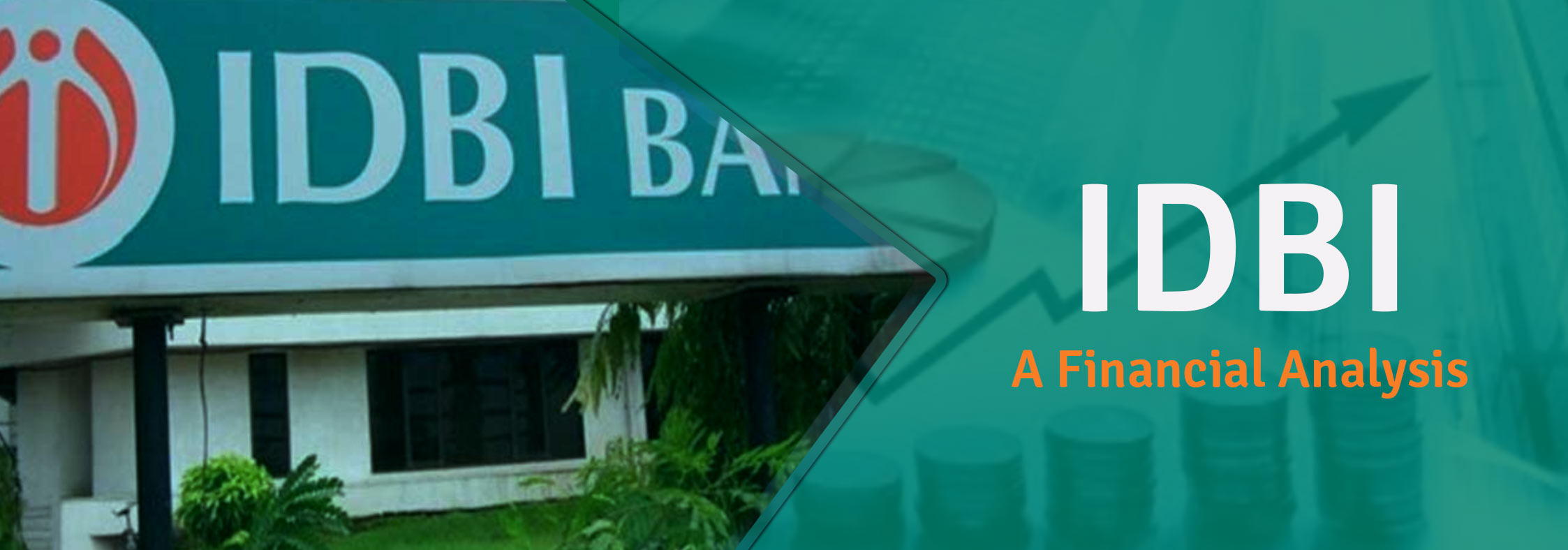IDBI Bank continues to remain in deep NPA mess, as per the financial results for the quarter ended Sept’18. With provisions of about INR 10,000 crore towards NPA during the first half of this financial year, its total provisions have gone up to INR 33,000 crore — covering about 68% of expected loss (Provision Coverage Ratio). Yet, the banks’ core operations have sufficient strength; and acquisition of majority stake by LIC should give it the financial resources necessary to tide over this crisis.
Here is a brief discourse on its NPAs and other financials.
IDBI Bank is among the large public sector banks of India, with a total balance sheet size of INR 3.26 lakh crore at the end of the quarter ended Sept’18. The balance sheet has shrunk over the last six months — from INR 3.5 lakh crore after being put under PCA (Prompt Corrective Action) watch by the RBI. While the bank was among the efficient entities, the skeletons began to tumble with the imposition of stricter norms for recognition of NPAs by the RBI in 2015–16. NPA discourse centers on the amount of loan given, total amount of loan under default, amount of money set aside by the bank to compensate for this loss, and any amount from this loan portfolio which comes back to the bank (the last is important as a number of loan portfolios starts paying up if the economic conditions improve).
Of the total capital available with the bank, gross advances (or loans given) stand at INR 1.91 lakh crore in Sept’18 (rest of the money is invested in government securities or parked with the RBI). Out of this amount, as much as INR 61,000 crore have turned NPA, implying a gross NPA to advance ratio of as high as 31.8%.
This is an abnormally high figure; with any ratio above 10% being a cause of alarm. However, this does mean that there is no chance of this money coming back. If the borrower settles past dues, and starts paying regularly, the loan account becomes regular again. The defaults are further classified based on the period for which the money has been outstanding. Against these bad debts, banks have to make provisions, depending upon the period for which the loan has been unpaid. Provisioning is made from the bank’s operating profit; and if the profits are not sufficient, by reducing its equity capital. Sharp reduction in its equity capital, despite fund infusion by the government, is the reason the government finally decided to ask LIC to acquire the bank.
IDBI has made provision of about INR 10,000 crore in the first half of FY’19, INR 17,500 crore in FY’18 and INR 11,000 crore in FY’17 towards NPAs. The sharp escalation in the level of its bad debt is evident from the fact that more than 80% of its provisioning has been done in the last 2.5 years alone. Gross NPA during this period went up from INR 25,000 crore (FY’16) to INR 45,000 crore (FY’17); and stands at about INR 61,000 crore (Sept’18).
However, not all loan groups are defaulting on their loan obligations. The biggest culprit is the large-scale industries sector, whose bad debts stand at INR 47,000 crore against total advances of INR 89,000 crore. This translates to an NPA ratio of as high as 53%. Corporate advance for the banks is also high (at 55% of total advances) — lot higher than the banking sector average of about 45%. Indiscriminate lending to the corporate sector, which has turned into NPA, goes against the prudential norms; and have invited charges of mala fide lending practices.
While the high level of NPA remains a huge concern, there are some signs that things might be improving. First, fresh slippage has come down from 11.7% in March’18 to 2.7% now. Slippage refers to loan account that defaulted on their obligation during that specific period. Second, the bank’s recovery from defaulting accounts and loan accounts, which have started paying back, has increased from just about INR 8,000 crore in FY’17 to INR 15,000 crore in FY’18 (gross NPA figures are net of this amount). With increased recovery and improving economic conditions, the recovery rate might increase further going forward.
While the NPAs remain, the crisis has led the bank tighten its belt in other areas. Its cost of funds has come down substantially (from 6.5% to 5.6% in FY’18) with increase in savings deposits. It has also managed to reduce its operating expenses, which, together with lower cost of funds, helped increase its operating profit to INR 7,900 crore in FY’18 (an increase of as much as 70% over the previous year). However, operational gains seem to have dissipated during H1’FY19 due to lending restriction, which reduces the income while the costs remain largely fixed. Funds infusion by LIC and resumption of normal operations should help it come back to health.
Ashish Agrawal
Founder, India Business Analysis | IIT Roorkee, IIM-C alumnu





















































